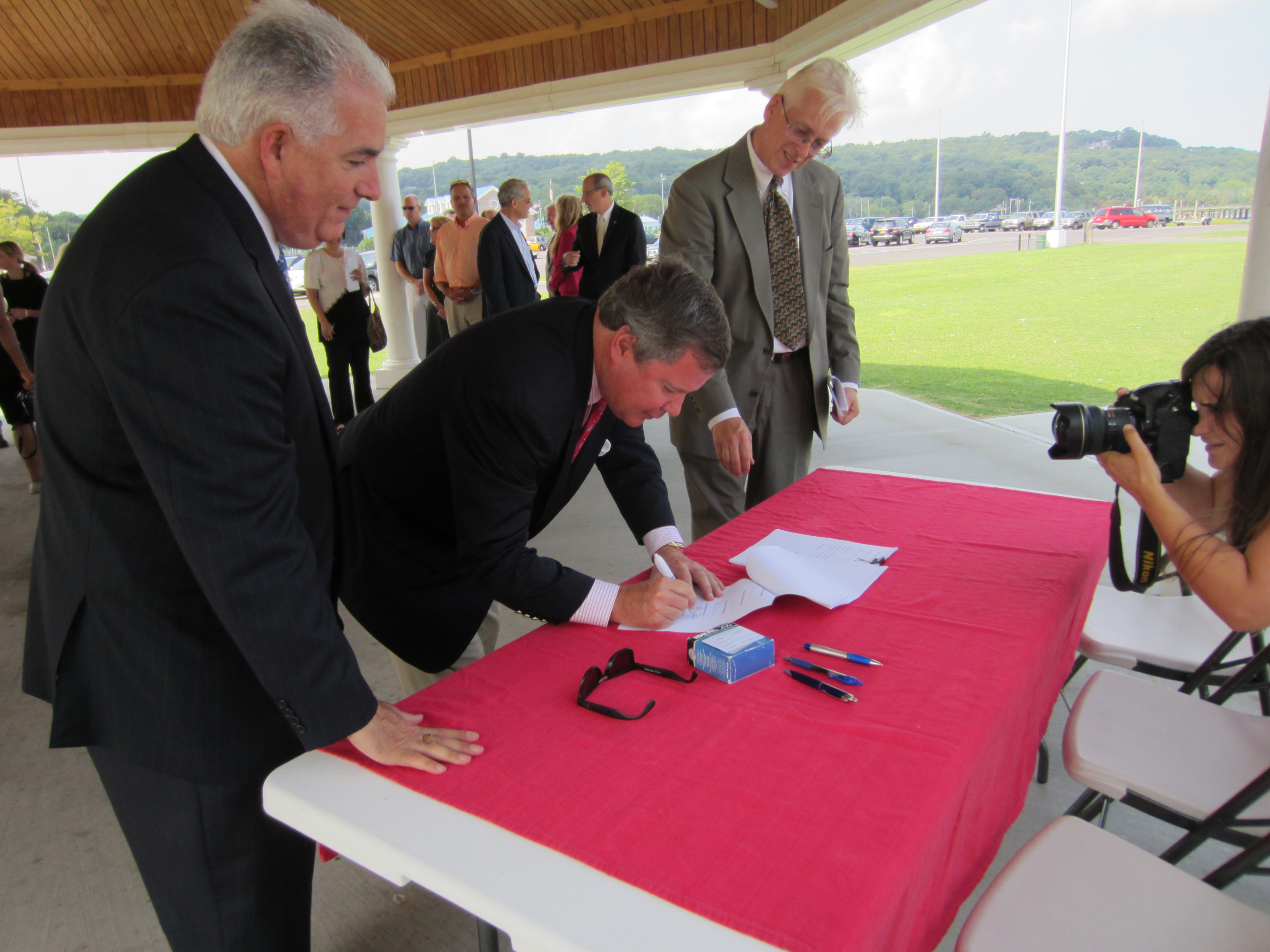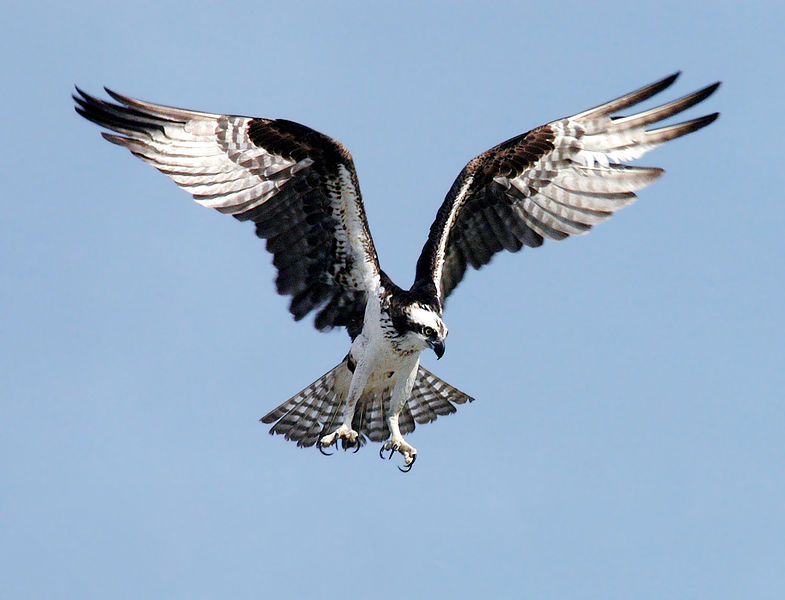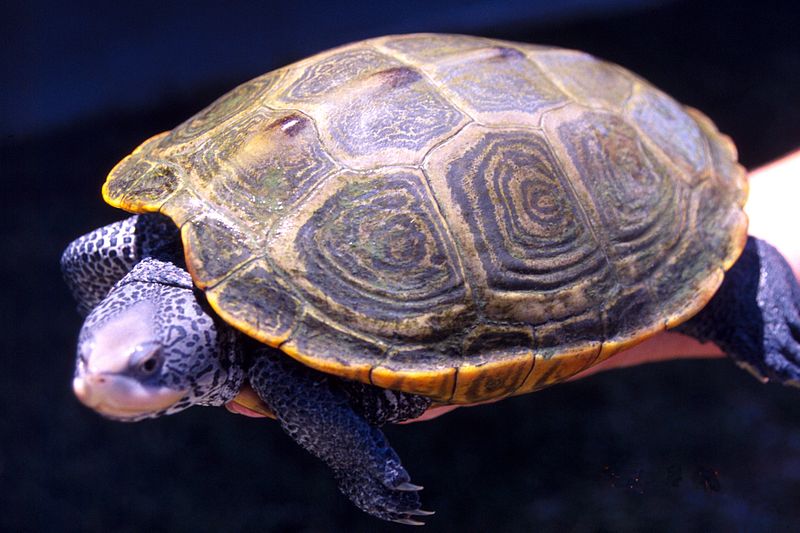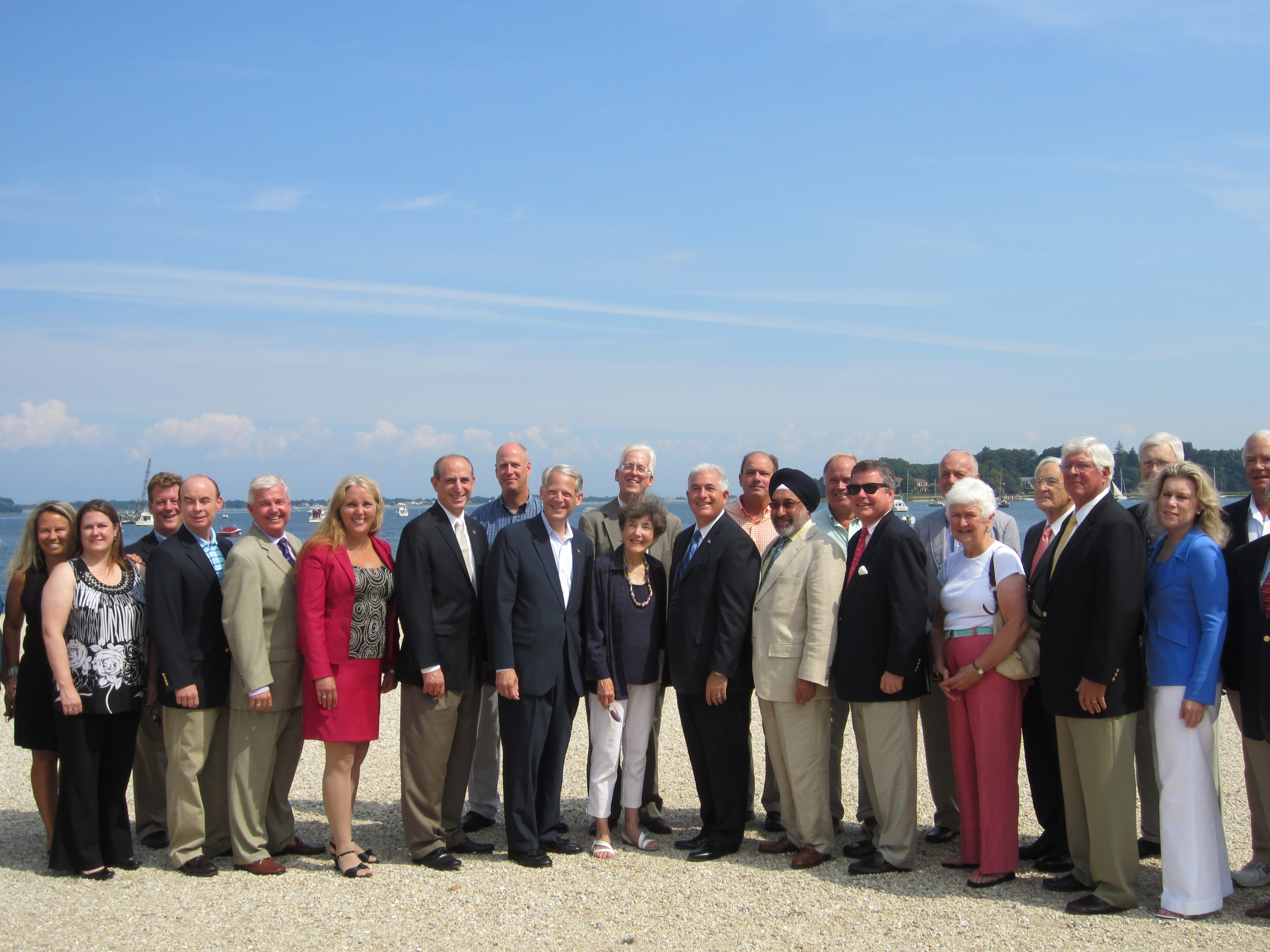This past Wednesday, elected officials representing 14 municipalities in Long Island formally established the Oyster Bay/Cold Spring Harbor Protection Committee. The signing of the Inter-Municipal Agreement codifies the relationship between the municipalities who have been working together since January 2010 at the recommendation of Friends of the Bay.

Photo: Rob Crafa
The mission of the Oyster Bay/Cold Spring Harbor Protection Committee is to improve the health of Oyster Bay and Cold Spring Harbor by coordinating the efforts of all municipalities in the watershed and engaging the public. This will be accomplished by: sharing information, technology and ideas; developing and implementing best management practices, developing and adopting model ordinances, actively pursuing grants, partnerships and other sources of support for the watershed; and, enhancing awareness through educational outreach and stewardship.
Oyster Bay and Cold Spring Harbor are extremely important ecologically and economically to New York State, and the Committee will work to preserve and protect these important natural resources. Mill Neck, Oyster Bay, and Cold Spring Harbor are designated as Significant Coastal Fish and Wildlife Habitat by the New York State Department of State. Oyster Bay and Cold Spring Harbor is also home to the 3,200 acre Oyster Bay National Wildlife Refuge, the largest of the Long Island National Wildlife Refuge Complex. More than 126 bird species have been documented in the refuge, including Osprey, a New York State species of concern. Additionally, the refuge is home to one of the largest populations of diamondback terrapins on Long Island.

Photo: NASA

Photo: NOAA
The Bay and Harbor are also extremely important for New York State’s shellfishing industry. It is estimated that 90 percent of the oysters harvested in New York State come from these waters, with the only remaining commercial oyster farm in the state located within the Oyster Bay National Wildlife Refuge. Additionally, 33 percent of New York State’s clam harvest comes from Oyster Bay and Cold Spring Harbor.
Inter-municipal partnerships like the Oyster Bay/Cold Spring Harbor Protection Committee have effectively enhanced conservation efforts across the country. Two successful local examples are the neighboring Hempstead Harbor Protection Committee formed in 1995 and the Manhasset Bay Protection Committee created in 1998. Working together the municipalities identified priority sources of pollution and implemented solutions that dramatically improved water quality with the support of numerous grants.

Photo: Rob Crafa
Funding to create the Committee and hire the first part-time coordinator was provided by the Long Island Sound Futures Fund, which is administered by the National Fish and Wildlife Foundation. The grant was applied for by the Town of Oyster Bay.
To learn more about the Oyster Bay/Cold Spring Harbor Protection Committee visit: www.oysterbaycoldspringharbor.org.
Posted by Eric Swenson, chairman of the Oyster Bay/Cold Spring Harbor Protection Committee
